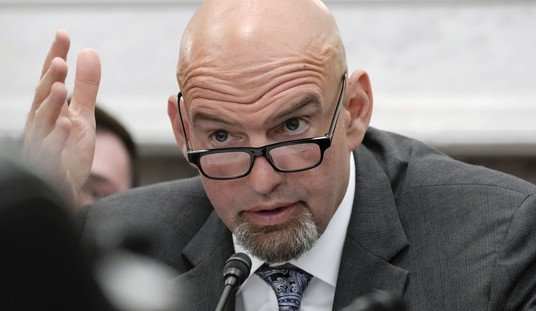We’ve had a string of shoplifting stories over the past year, including many emanating from big cities on the west coast. In San Francisco, Walgreens stores were closed after shoplifters cleaned them out. But brazen incidents of shoplifting continued in the chain’s remaining stores as well as at other retail stores in the city. Seattle arrested 53 shoplifters in a single day in an effort to crack down on the problem.
Most of the people stealing merchandise from retailers aren’t doing it for themselves. They are “boosters” working with organized crime rings to collect merchandise, warehouse it somewhere and, in most cases, resell it on Amazon. Today the Wall Street Journal has an interesting story about the efforts of corporate theft investigators and local law enforcement to stop them.
“We’re trying to control it the best we can, but it’s growing every day,” said [CVS investigator Ben] Dugan…
Mr. Dugan’s team, working with law enforcement, expects to close 73 e-commerce cases this year involving $104 million of goods stolen from multiple retailers and sold on Amazon. That compares with 27 cases in 2020, involving half the total…
Organized retail crime has moved away from flea markets and corner stores and onto the Internet, where criminals can move their product quickly and anonymously. Boosters, often drug addicts targeted by crime rings, typically sell their goods for about 5% to 10% of retail value to a street-level fence, who then sells them to a larger-scale distributor.
Retail investigators blame changes in sentencing laws in some states for an uptick in thefts. In California, a 2014 law downgraded the theft of less than $950 worth of goods to a misdemeanor from a felony. Target recently reduced its operating hours in five San Francisco stores, citing rising thefts.
As I’ve written many times before, drug addicts and the homeless are generally given a pass and are often back on the streets within hours after being arrested. This makes them the perfect source for stolen goods since they have nothing to lose and little chance of being incarcerated even if caught.
Other retailers including Home Depot, Ulta and clothing outlets TJ Maxx and Marshalls are dealing with the same trend. Last year Colorado police tracked two boosters who were stealing power tools from Home Depot to a house in Texas that had been turned into a warehouse for stolen goods complete with an elevator.
The Katy house had been turned into a warehouse, complete with an elevator moving goods between floors, where Steven Skarritt, a former painting contractor, allegedly ran an Amazon storefront that sold almost $5 million in stolen goods between 2018 and 2020, according to a search warrant investigators served Amazon with in January.
The elevator was “something I’ve never seen in my career,” said Jamie Bourne, a Home Depot organized retail crime investigator involved in the case, who was there when law enforcement raided Mr. Skarritt’s house last October. They recovered 55 pallets of stolen Home Depot merchandise, including power drills, levels and vacuums.
A similar operation tracked thieves in San Francisco to a warehouse in California which was run by “Daniel the Medicine Man.” The investigators involved in the case believe Daniel and his wife have been making $5 million a year selling stolen merchandise on Amazon and acting as a kind of wholesaler selling merchandise to other sketchy Amazon retailers. When police eventually raided the warehouse they found $8 million in “over-the-counter medication and other products from various retailers.”
Throughout the story one of the complaints repeated by corporate anti-theft investigators and by police is that Amazon is not responsive to requests for help. The company will not provide information on sellers without a warrant and even when served with a warrant the company offered law enforcement limited information:
Amazon provided correspondence with Mr. Drago regarding complaints about his suspended account, but didn’t hand over financial details of transactions or internal notes about suspicious activities, despite repeated requests by law enforcement, a person close to the investigation said.
You get the impression Amazon has something to hide, like maybe it is internally aware some of these people are probably selling stolen goods but doesn’t want that information to wind up in a newspaper.
I support Amazon’s ability to out-compete brick-and-mortar stores to the best of their ability, but providing a place for thieves to sell merchandise stolen from their competitors isn’t competition it’s more like being an accessory to a crime. I don’t imagine Amazon can identify and stop every bad person who is misusing their platform but when there are literally millions of dollars of brand new merchandise being sold by some of these accounts it’s pretty hard to believe Amazon can’t do something about it.








Join the conversation as a VIP Member